Home>Gardening & Outdoor>Plant Care & Gardening Tips>How To Stop Birds From Eating Wildflower Seeds
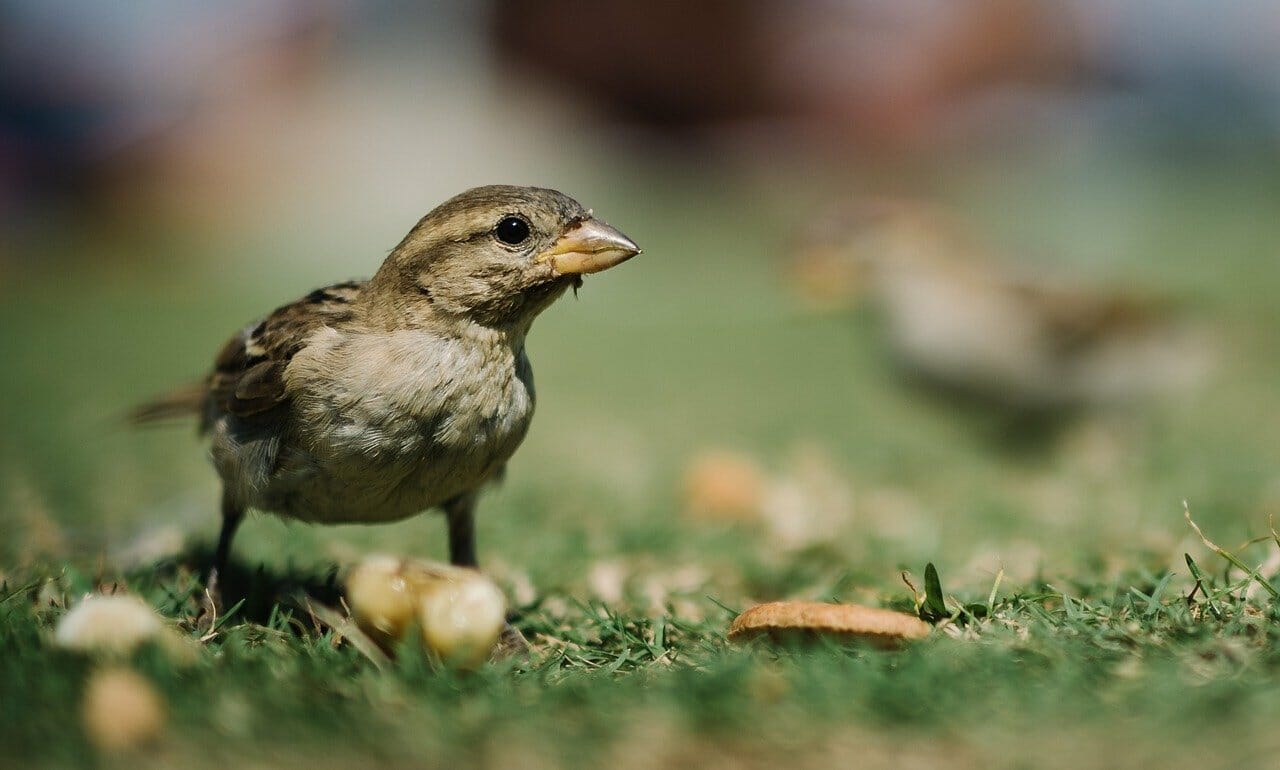

Plant Care & Gardening Tips
How To Stop Birds From Eating Wildflower Seeds
Modified: May 6, 2024
Discover effective plant care and gardening tips to prevent birds from eating wildflower seeds. Learn how to protect your garden and promote successful seed growth.
(Many of the links in this article redirect to a specific reviewed product. Your purchase of these products through affiliate links helps to generate commission for Storables.com, at no extra cost. Learn more)
**
Introduction
**
Wildflowers are a beautiful and essential part of any garden or natural landscape. They provide color, attract pollinators, and contribute to the overall biodiversity of an area. However, one common challenge that many gardeners and nature enthusiasts face is birds eating the wildflower seeds before they have a chance to grow and bloom. While birds are undoubtedly a valuable part of the ecosystem, their seed-eating habits can thwart our efforts to cultivate wildflowers. In this article, we will explore various strategies to prevent birds from devouring wildflower seeds, allowing us to enjoy the beauty of these delicate blooms in our gardens and outdoor spaces. From understanding the problem to implementing physical barriers, using bird repellents, and creating distractions, we will delve into effective methods to protect wildflower seeds from avian interference. Let's embark on this journey to safeguard our wildflower seeds and nurture the natural splendor they bring to our surroundings.
**
Key Takeaways:
- Protect wildflower seeds by choosing bird-resistant varieties, using physical barriers, and creating distractions for birds. This helps maintain a balanced ecosystem while enjoying the beauty of wildflowers.
- Understanding bird behavior and using non-harmful methods like repellents and distractions can help protect wildflower seeds from birds, creating a harmonious environment for both plants and birds.
Read more: How To Stop Squirrels From Eating Bird Seed
Understanding the Problem
**
Before delving into solutions, it’s crucial to understand the underlying reasons why birds are attracted to wildflower seeds. Birds are naturally drawn to open spaces where they can forage for food, and wildflower seeds present a tempting and nutritious option for them. Additionally, the act of foraging for seeds provides birds with mental stimulation and physical activity, making it an instinctive and rewarding behavior for them.
Furthermore, the availability of seeds in a garden or outdoor area can make it a prime location for birds to gather and feed. The presence of bird feeders or other sources of bird food can also inadvertently attract birds to the area, leading them to discover and consume the wildflower seeds intended for planting.
It’s important to note that while birds eating wildflower seeds can be frustrating for gardeners, it’s a natural part of the ecosystem. Birds play a vital role in seed dispersal and ecosystem balance, contributing to the overall health and diversity of plant life. Balancing the desire to protect wildflower seeds with the need to support bird populations is a delicate but achievable goal.
By gaining insight into the motivations behind bird behavior and the ecological significance of their actions, we can approach the issue with empathy and a holistic perspective. With this understanding in mind, we can explore effective methods to deter birds from consuming wildflower seeds while maintaining a harmonious relationship with the avian inhabitants of our outdoor spaces.
**
Choosing the Right Wildflowers
**
When aiming to establish a flourishing wildflower garden while mitigating the risk of bird interference, selecting the right types of wildflowers can significantly impact the outcome. Certain wildflowers are less appealing to birds, either due to their seed characteristics or other factors, making them more suitable choices for bird-prone areas.
One approach is to opt for wildflowers with seeds that are less attractive to birds. For example, wildflowers with small or hard seeds may be less appealing to many bird species, as they may prefer larger, softer seeds that require less effort to consume. Additionally, choosing wildflowers with seeds that are naturally encased in protective coverings, such as pods or tough outer layers, can deter birds from accessing and consuming them.
Another consideration is to prioritize wildflowers that are native to the local ecosystem. Native wildflowers have evolved alongside indigenous bird species, and their seeds may not be as enticing to birds that have adapted to feed on other plant species. By incorporating native wildflowers into the garden, we can align our planting choices with the natural preferences and behaviors of local bird populations.
Furthermore, selecting wildflowers with vibrant, fragrant blooms can divert avian attention away from the seeds. Birds are often attracted to the visual and olfactory cues of flowers, and providing an abundance of nectar-rich blooms can captivate their interest, potentially reducing their focus on the seeds. This approach not only adds visual appeal to the garden but also offers an alternative food source for birds, fostering a balanced and mutually beneficial environment.
In essence, strategic selection of wildflowers can serve as a proactive measure in deterring birds from consuming the seeds, promoting a harmonious coexistence between the floral landscape and avian inhabitants. By considering factors such as seed characteristics, native species, and visual allure, we can curate a wildflower garden that thrives while minimizing the risk of bird interference.
**
Implementing Physical Barriers
**
Physical barriers offer a practical and effective means of safeguarding wildflower seeds from bird predation. By creating obstacles that prevent birds from accessing the seeds, gardeners can protect their planting efforts while maintaining the natural appeal of the outdoor space.
One method involves utilizing lightweight, breathable garden fabric or row covers to shield the seeded areas. These materials can be spread over the soil and secured in place to form a protective barrier that allows sunlight, air, and moisture to reach the seeds while deterring birds from reaching them. When employing this approach, it’s essential to ensure that the fabric is properly anchored and does not impede the emergence of seedlings once germination begins.
Another option is to construct simple wire or mesh enclosures around the seeded areas. Using flexible wire or mesh fencing, gardeners can create enclosures that encircle the wildflower plots, effectively preventing birds from landing and accessing the seeds. This method provides a physical barrier without obstructing the visual appeal of the garden, allowing the wildflowers to grow undisturbed within the protective confines.
For container gardening or smaller planting areas, individual seedling protectors can be fashioned using materials such as plastic mesh or netting. These protectors can be placed over the containers or specific seedling locations, serving as miniature barriers that shield the seeds from bird interference while permitting unhindered growth.
When implementing physical barriers, it’s important to periodically inspect and maintain them to ensure their effectiveness and prevent unintended entanglement of wildlife. Additionally, considering the aesthetic impact of the barriers and integrating them seamlessly into the garden design can contribute to a visually pleasing and functional solution.
By incorporating well-designed physical barriers, gardeners can safeguard wildflower seeds from avian consumption without resorting to harmful or disruptive methods. This approach respects the natural behaviors of birds while empowering individuals to cultivate thriving wildflower gardens that enchant both humans and wildlife alike.
**
Cover the wildflower seeds with a layer of mulch or netting to prevent birds from accessing them. This will protect the seeds and allow them to grow undisturbed.
Using Bird Repellents
**
Employing bird repellents can serve as an effective strategy to dissuade avian visitors from consuming wildflower seeds while minimizing the need for physical barriers. Bird repellents encompass a range of products and techniques designed to deter birds without causing them harm, offering a humane and environmentally conscious approach to seed protection.
One commonly utilized bird repellent is the application of non-toxic sprays or coatings on the wildflower seeds themselves. These sprays, often formulated with natural substances that birds find unappealing, create a deterrent effect without compromising the viability of the seeds. As birds encounter the treated seeds, they are discouraged from consuming them, allowing the seeds to remain intact and ready for germination.
Another approach involves the use of visual deterrents, such as reflective tape or shiny objects strategically placed near the wildflower planting areas. The reflective surfaces and movement created by these items can startle and discourage birds from approaching, reducing their inclination to feed on the seeds. Additionally, incorporating scarecrow-like figures or decoys of natural predators can instill a sense of caution in birds, deterring them from the immediate vicinity of the wildflower seeds.
Acoustic bird repellents, including devices that emit distress calls or predator sounds, can also be effective in deterring birds from foraging near the wildflower planting areas. These devices mimic natural warning signals, prompting birds to perceive the area as unsafe and prompting them to seek alternative feeding grounds.
It’s important to note that when using bird repellents, consideration should be given to their placement and potential impact on non-target species. Careful application and monitoring of the repellents can help ensure that they effectively deter birds while minimizing disruption to the surrounding ecosystem.
By integrating bird repellents into the wildflower gardening approach, individuals can protect the seeds from avian consumption while upholding ethical and sustainable practices. These repellents offer a proactive and non-invasive means of preserving the integrity of the wildflower seeds, allowing them to thrive and contribute to the natural splendor of the outdoor environment.
**
Read more: How To Prevent Birds From Eating Grass Seed
Creating Distractions
**
Creating distractions for birds can be an innovative and harmonious approach to safeguarding wildflower seeds while enriching the overall ecosystem. By providing alternative food sources and engaging elements, gardeners can redirect avian attention away from the wildflower planting areas, reducing the likelihood of seed consumption.
One effective method involves incorporating bird-friendly feeding stations or bird feeders in close proximity to the wildflower garden. By offering a diverse array of bird seeds, grains, and other bird-friendly foods, these stations can entice birds to gather and feed, drawing their focus away from the wildflower seeds. Additionally, the presence of bird feeders can contribute to the overall vibrancy of the outdoor space, attracting a variety of bird species and enhancing the ecological dynamics of the area.
Another approach is to cultivate specific areas within the garden that are dedicated to bird-attracting plants and vegetation. Planting species known for their appeal to birds, such as berry-bearing shrubs, nectar-rich flowers, or seed-producing plants, can create designated zones that cater to avian foraging behaviors. By providing these intentional bird-friendly habitats, gardeners can encourage birds to frequent these areas, reducing their inclination to seek out and consume the wildflower seeds.
Integrating elements of water, such as birdbaths or small water features, can also serve as compelling distractions for birds. Access to clean, shallow water can attract birds for drinking and bathing, offering an additional draw that diverts their attention from the wildflower planting areas. The presence of water features not only provides a source of hydration and recreation for birds but also contributes to the overall allure of the garden environment.
By creating intentional diversions that cater to the natural behaviors and preferences of birds, gardeners can mitigate the risk of seed consumption while fostering a rich and dynamic habitat for avian visitors. These distractions not only contribute to the protection of wildflower seeds but also enhance the ecological balance and visual appeal of the outdoor space, promoting a thriving coexistence between flora and fauna.
**
Conclusion
**
Protecting wildflower seeds from birds while nurturing a vibrant and biodiverse outdoor environment is a delicate and rewarding endeavor. By understanding the motivations behind bird behavior and integrating thoughtful strategies, gardeners can harmoniously coexist with avian inhabitants while safeguarding the potential beauty of wildflower blooms.
Choosing the right wildflowers, informed by considerations such as seed characteristics and native species, lays a foundation for a resilient and bird-resistant wildflower garden. Thoughtful selection of wildflower varieties that are less appealing to birds and prioritizing native species cultivates a landscape that aligns with the natural ecology of the area.
Implementing physical barriers, whether through breathable garden fabric, wire enclosures, or individual seedling protectors, provides a practical means of protecting wildflower seeds without compromising the aesthetic appeal of the garden. These barriers offer a non-invasive and visually seamless solution to deter birds from accessing the seeds.
Utilizing bird repellents, including non-toxic sprays, visual deterrents, and acoustic devices, presents a humane and proactive approach to dissuading birds from consuming wildflower seeds. By integrating these repellents, gardeners can discourage avian interference while upholding ethical and environmentally conscious practices.
Creating distractions for birds through bird-friendly feeding stations, intentional bird-attracting habitats, and water features offers a holistic and engaging strategy to divert avian attention from the wildflower planting areas. These distractions not only protect the seeds but also contribute to the overall vitality and allure of the outdoor environment.
In essence, the endeavor to stop birds from eating wildflower seeds encompasses a balance of preservation, coexistence, and enrichment. By embracing these strategies with care and consideration, gardeners can cultivate thriving wildflower gardens that captivate the senses and harmonize with the natural rhythms of the avian world.
Through these approaches, we can celebrate the resilience and beauty of wildflowers while fostering a welcoming habitat for birds, embodying the interconnectedness and mutual enrichment of the natural world. As we embark on this journey, may our gardens bloom with the splendor of protected wildflower seeds, inviting both humans and birds to revel in the wonders of the living landscape.
Have you mastered keeping birds away from wildflower seeds? Next up, tackle another common household nuisance: pantry moths. Our detailed guide, crafted by pest control specialists, offers practical strategies to rid your home of these persistent pests effectively. Don't let these unwanted guests ruin your pantry staples; learn how to send them packing for good!
Frequently Asked Questions about How To Stop Birds From Eating Wildflower Seeds
Was this page helpful?
At Storables.com, we guarantee accurate and reliable information. Our content, validated by Expert Board Contributors, is crafted following stringent Editorial Policies. We're committed to providing you with well-researched, expert-backed insights for all your informational needs.
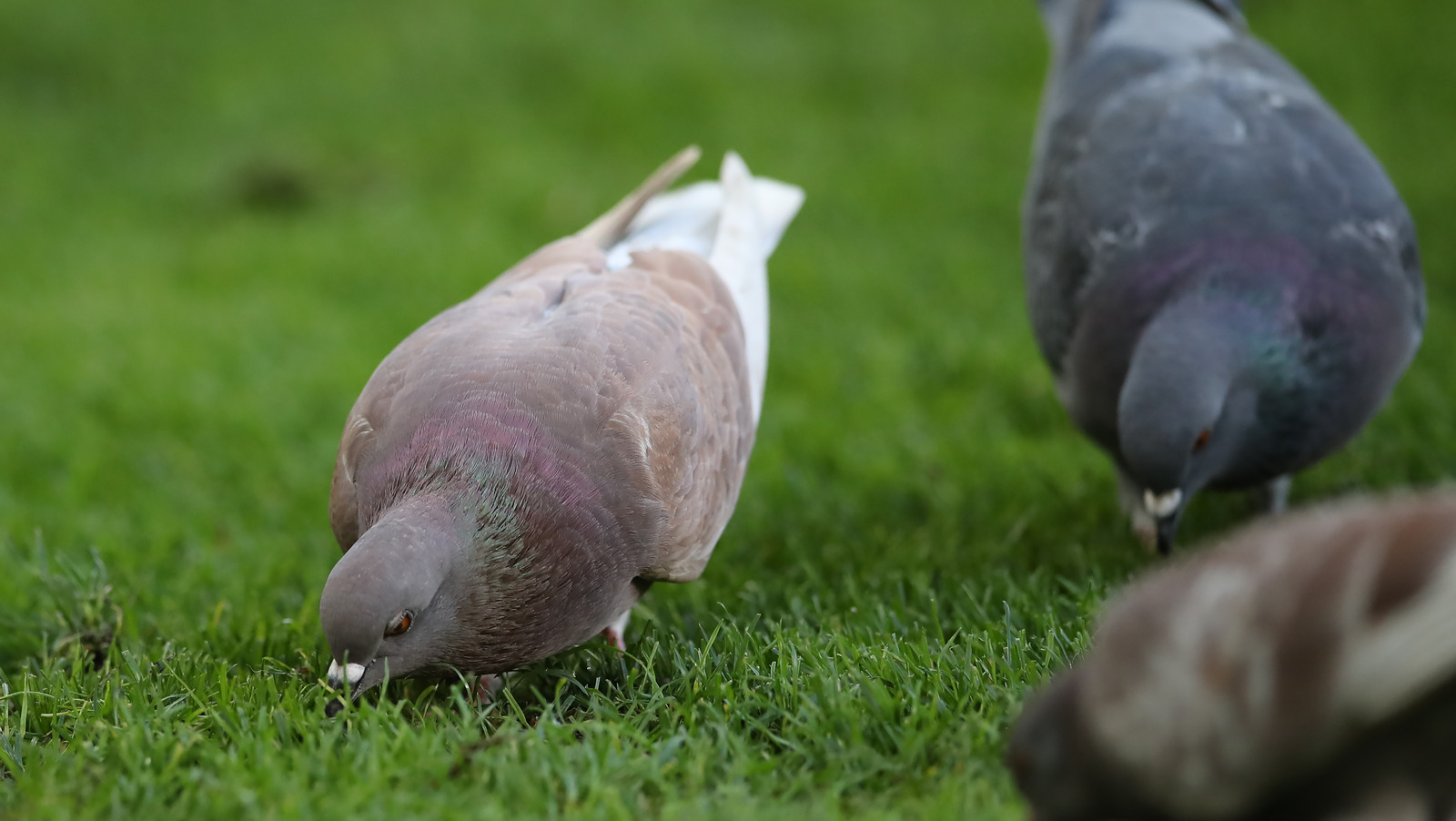
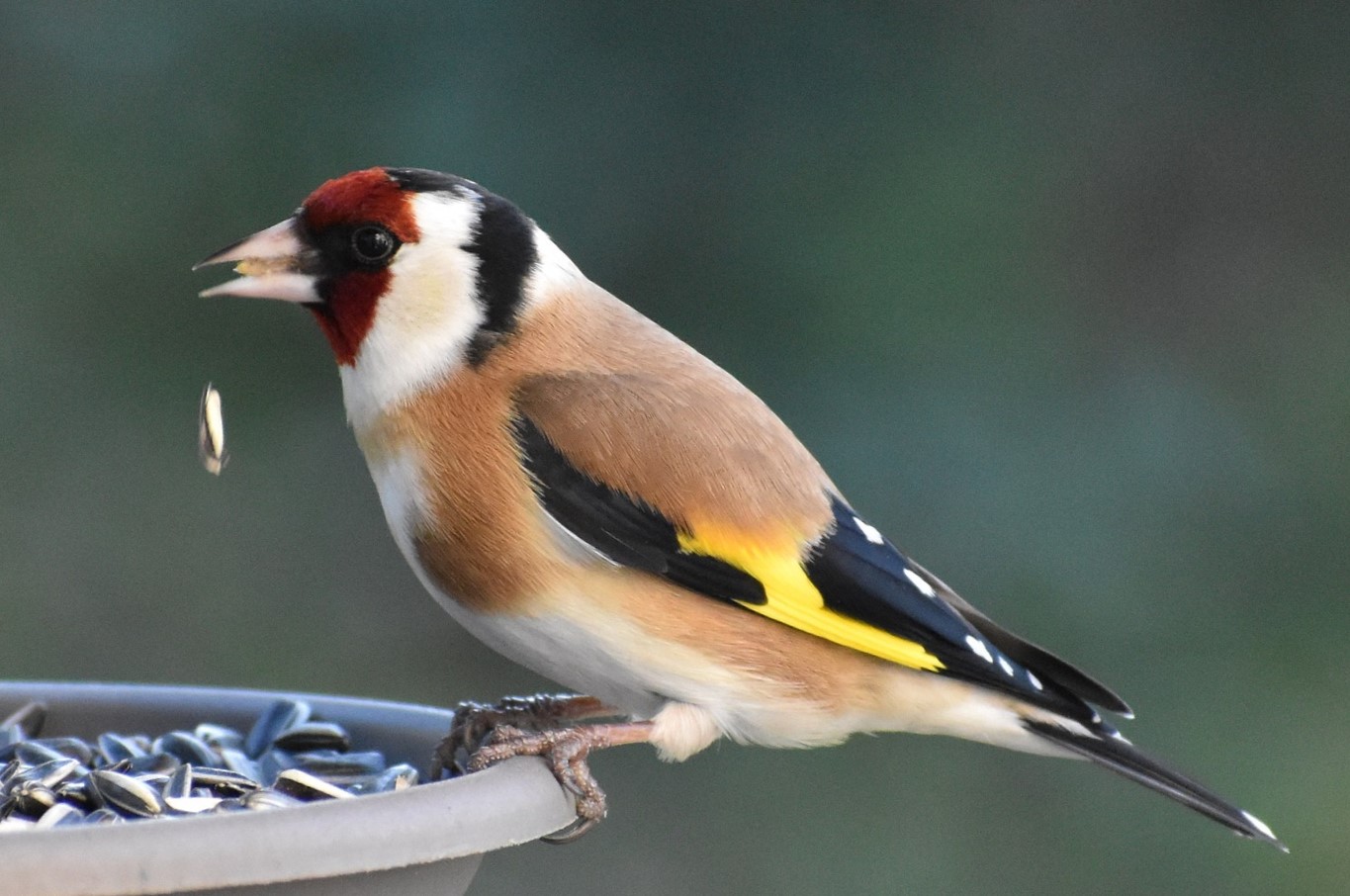
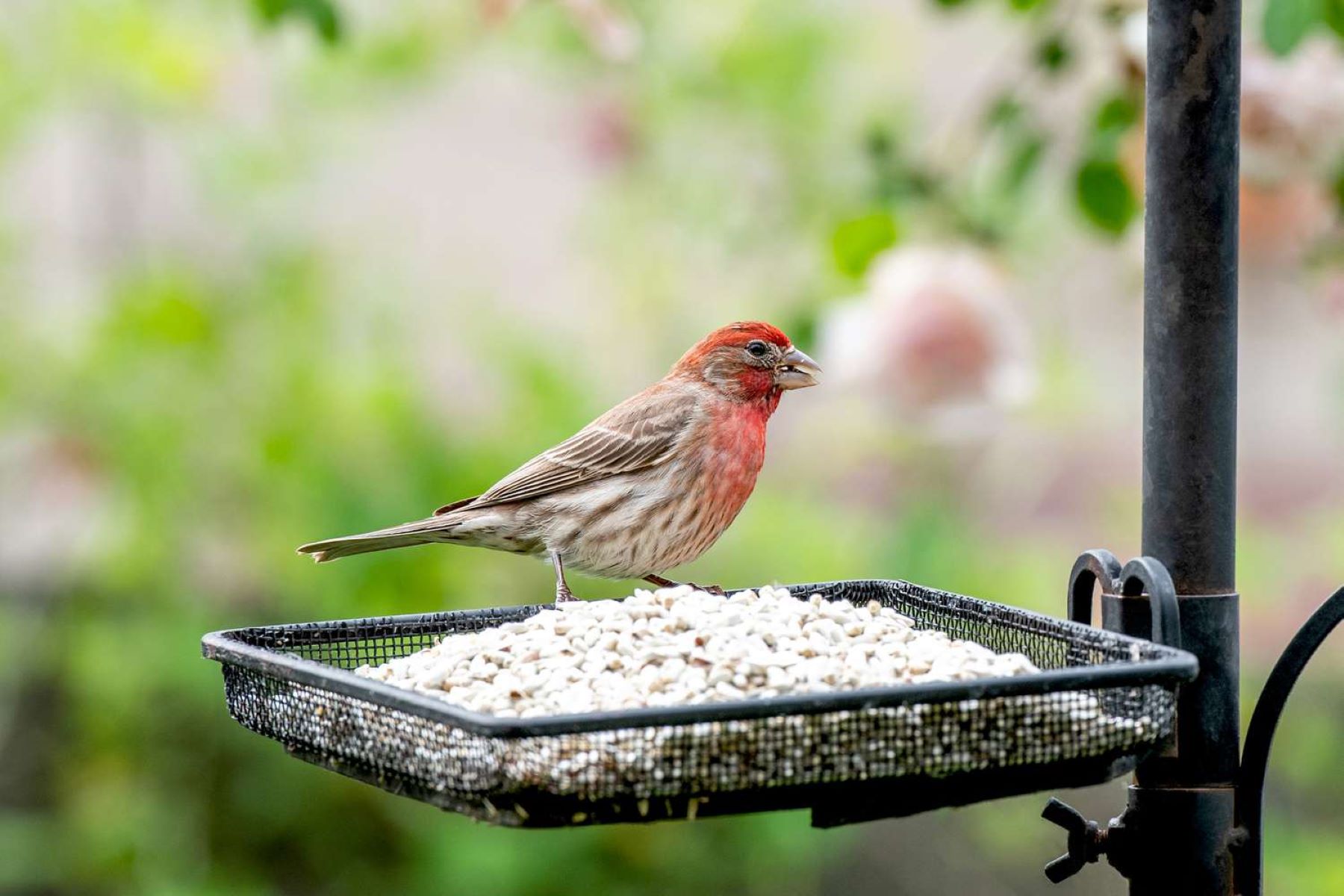
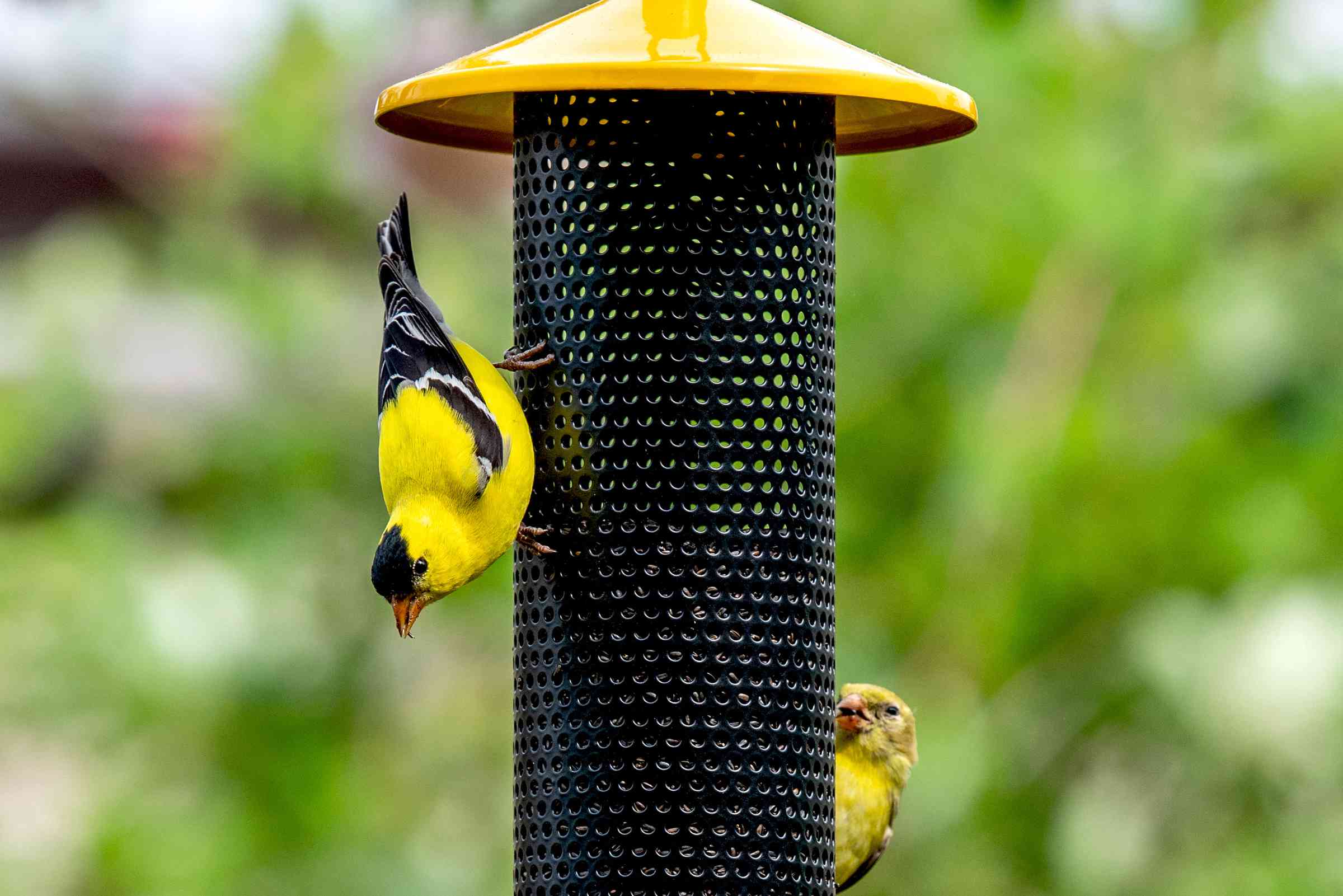
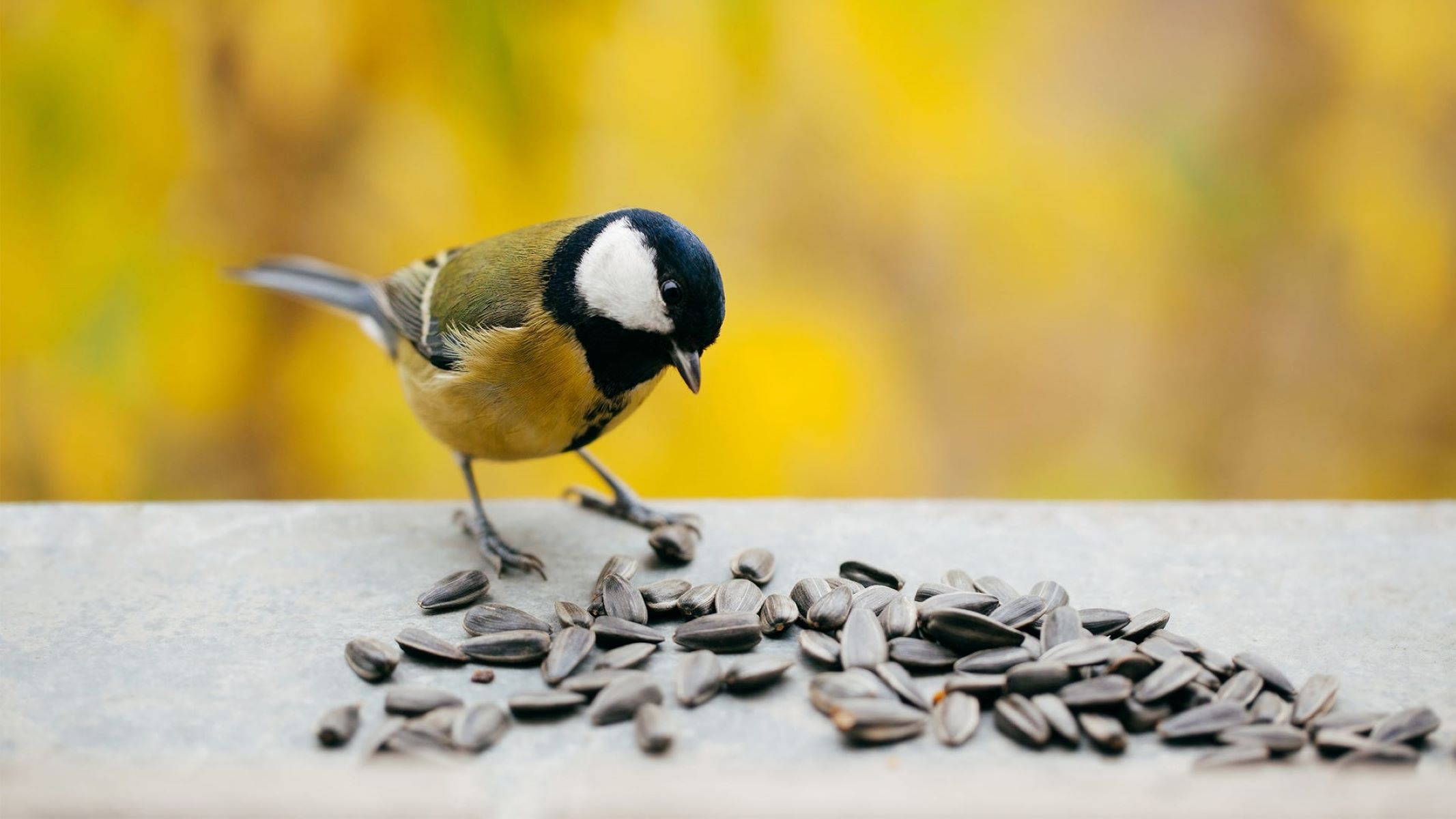
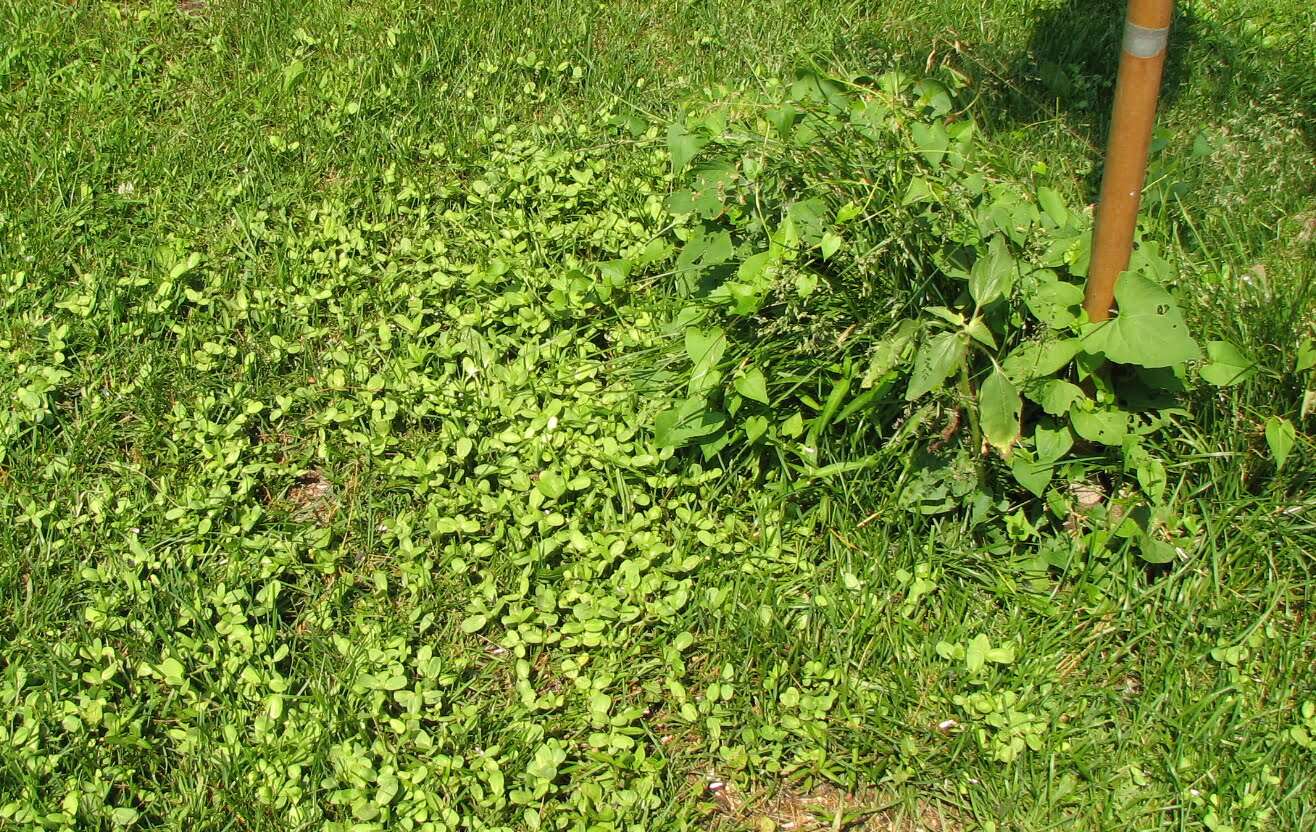
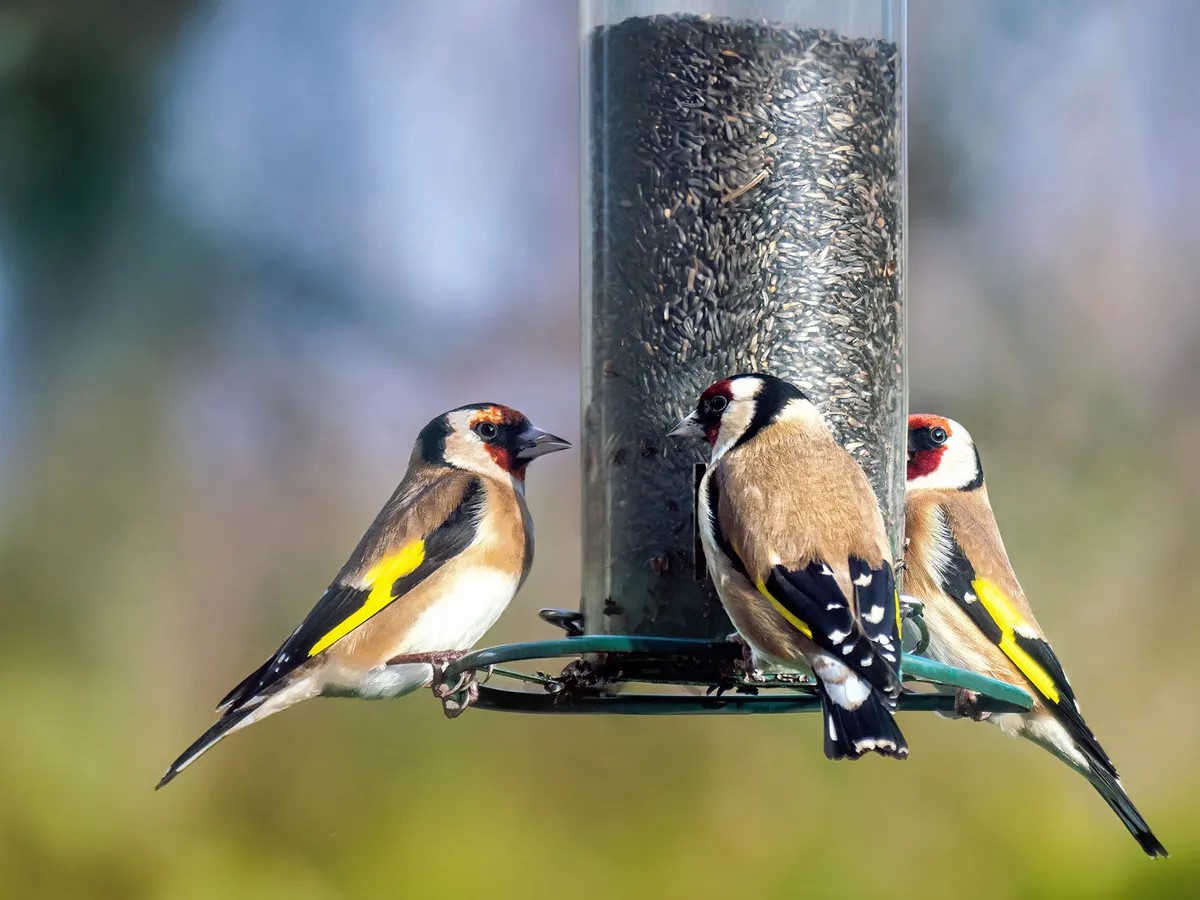
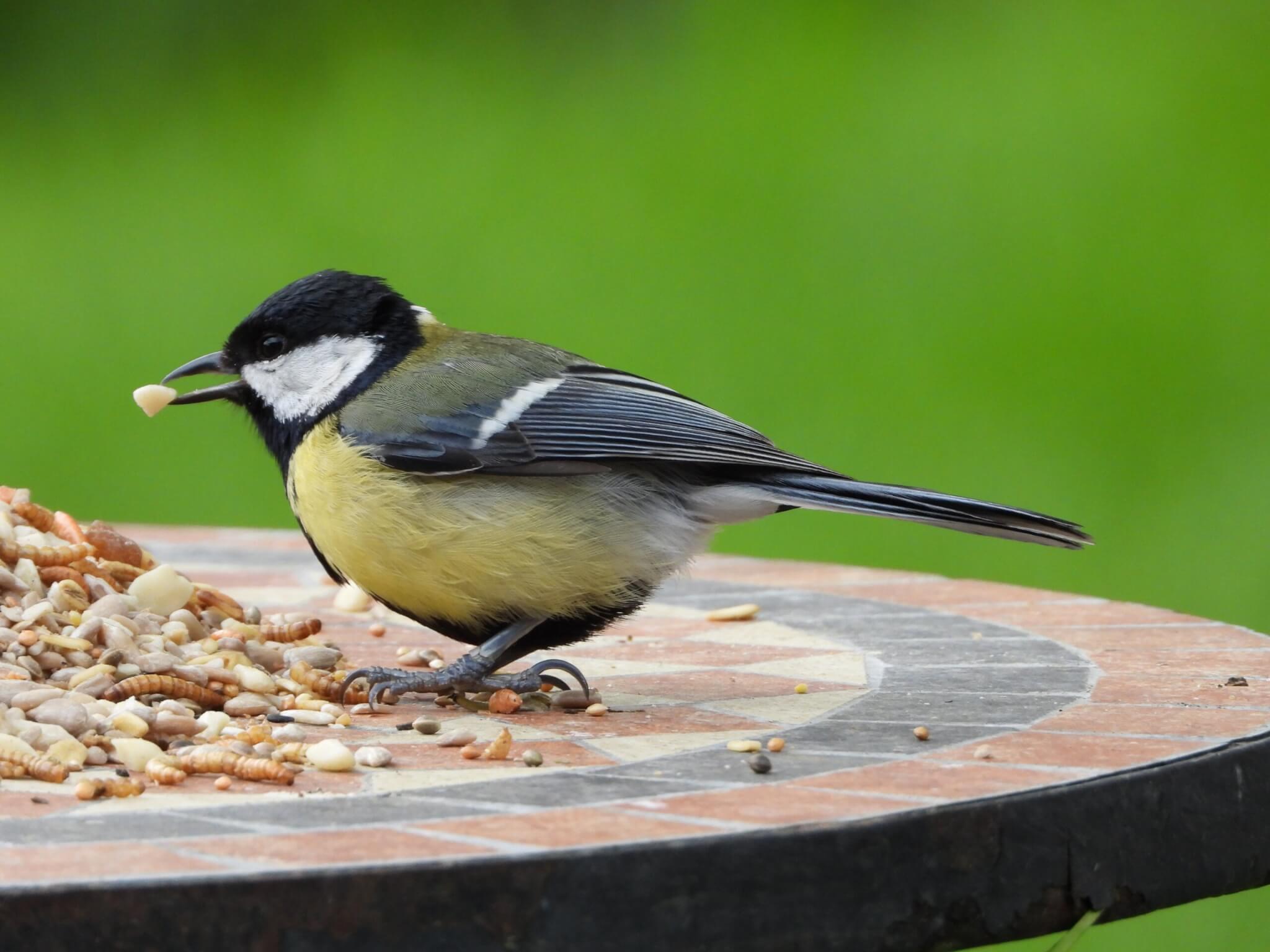
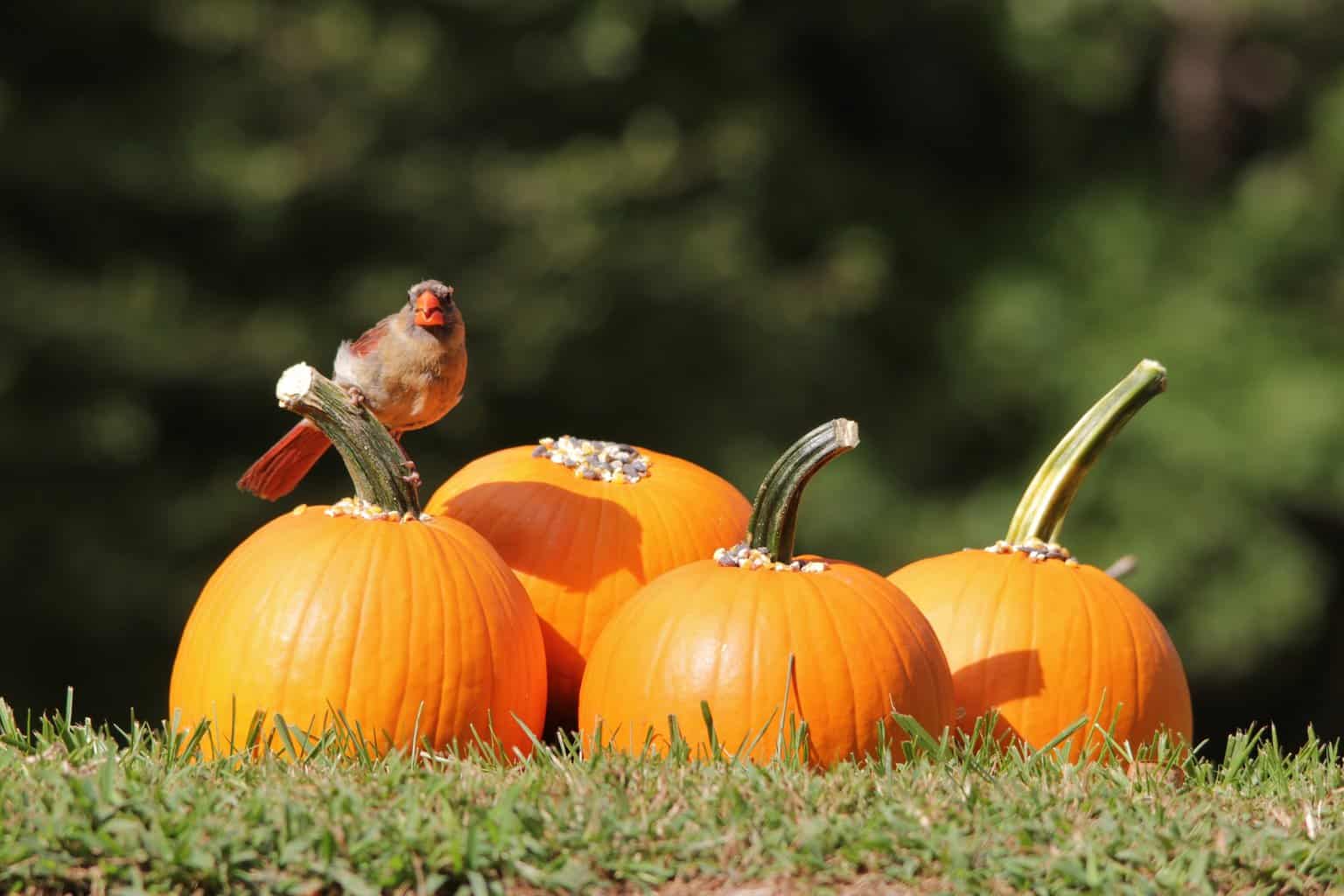
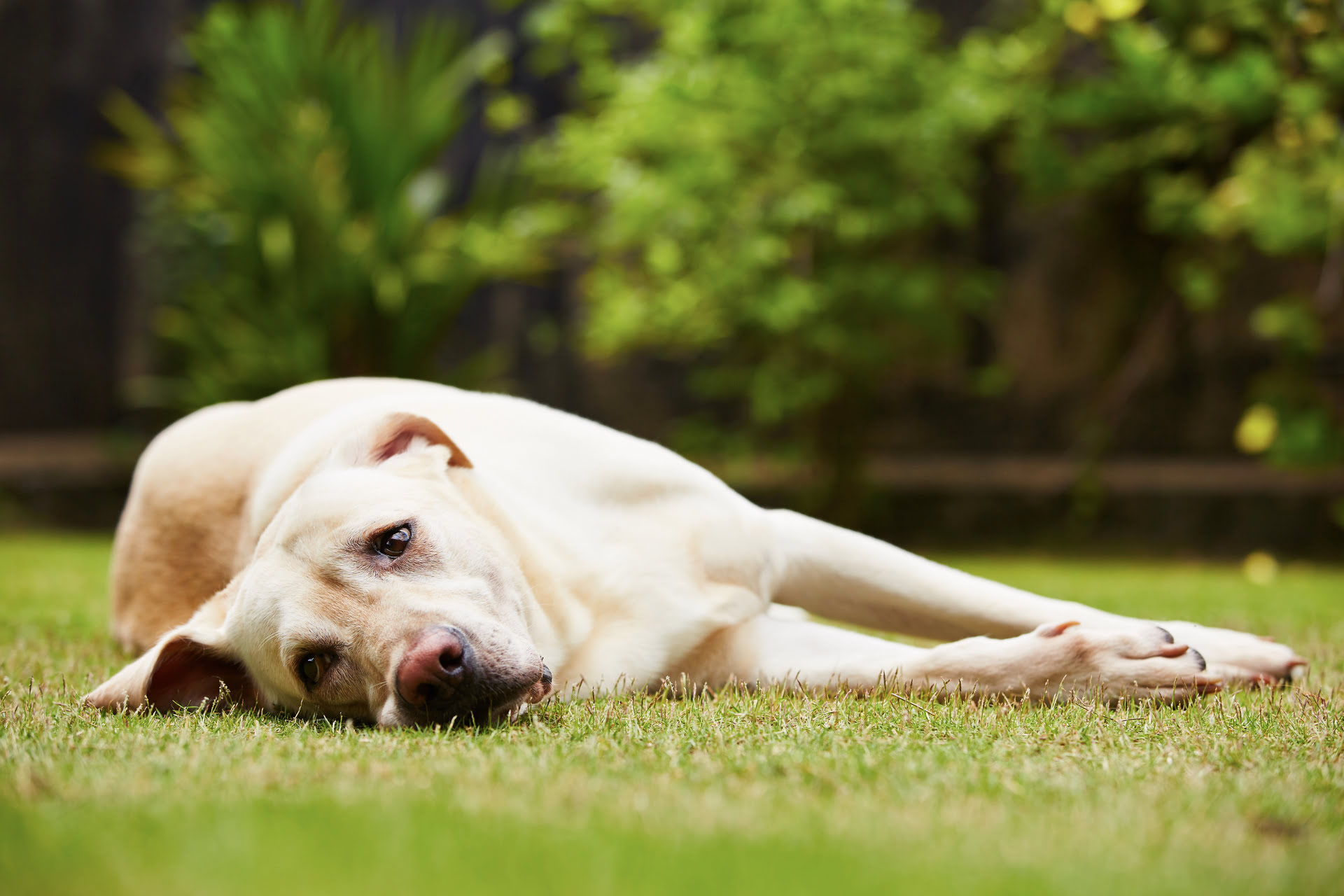
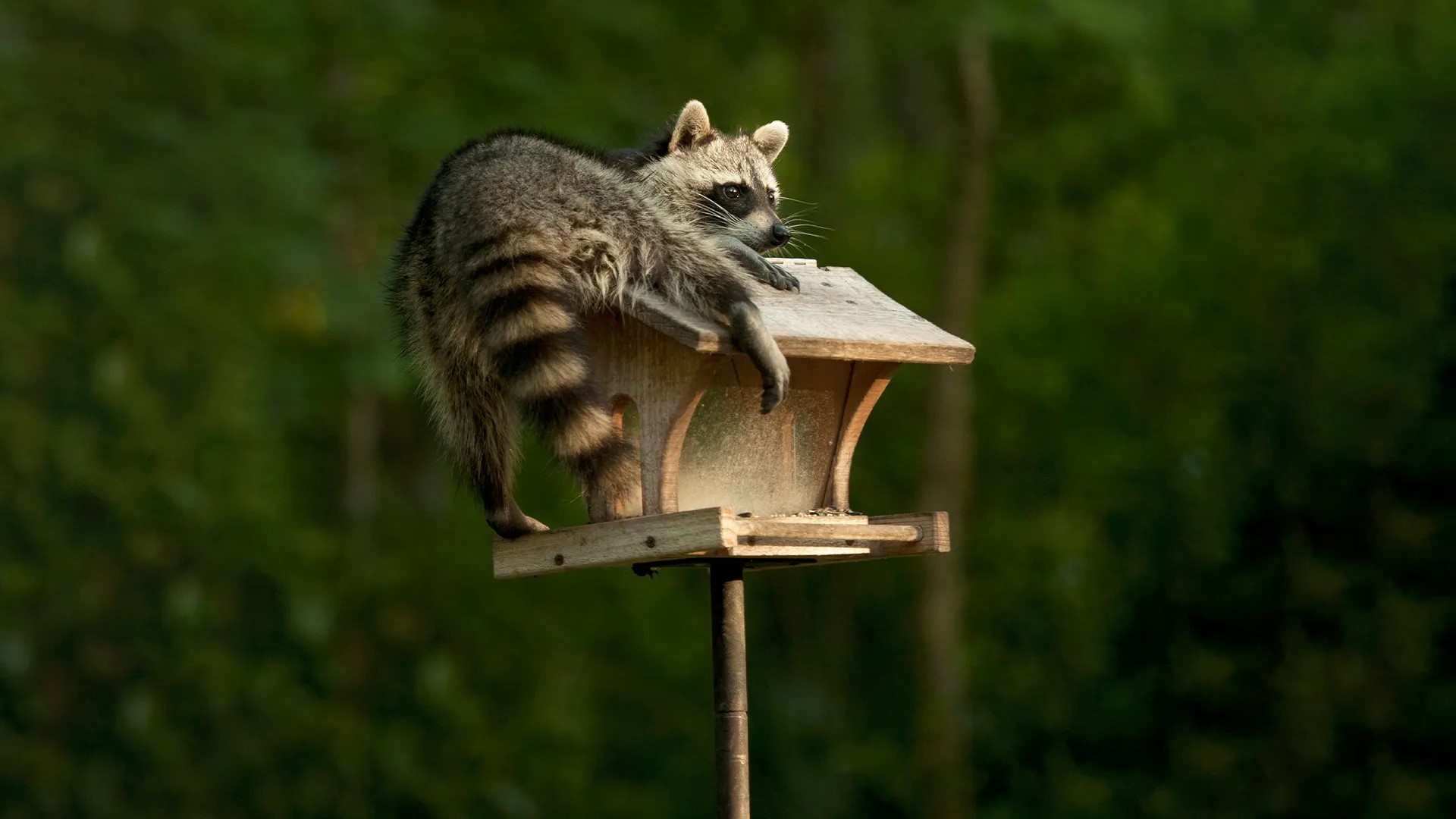
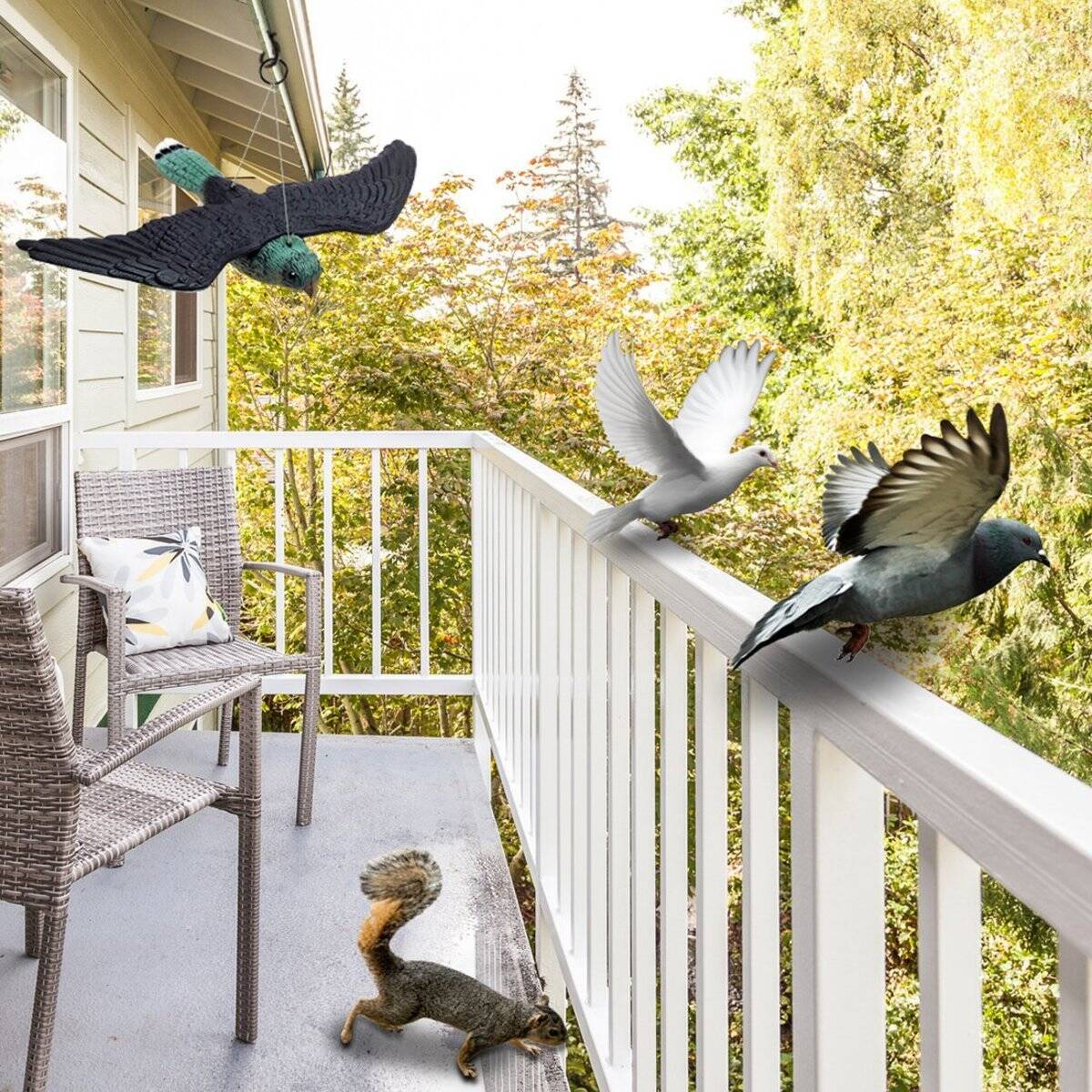
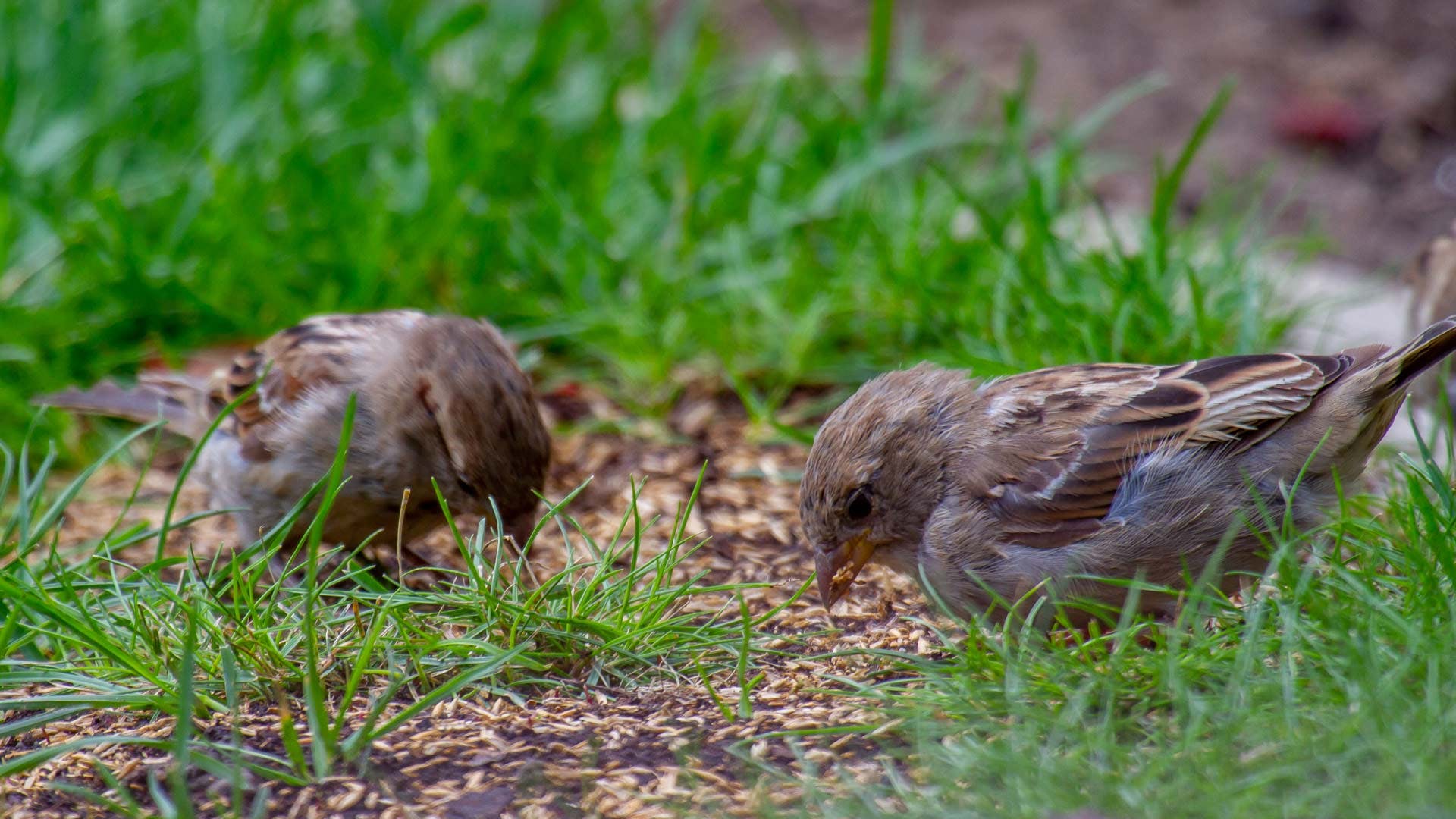
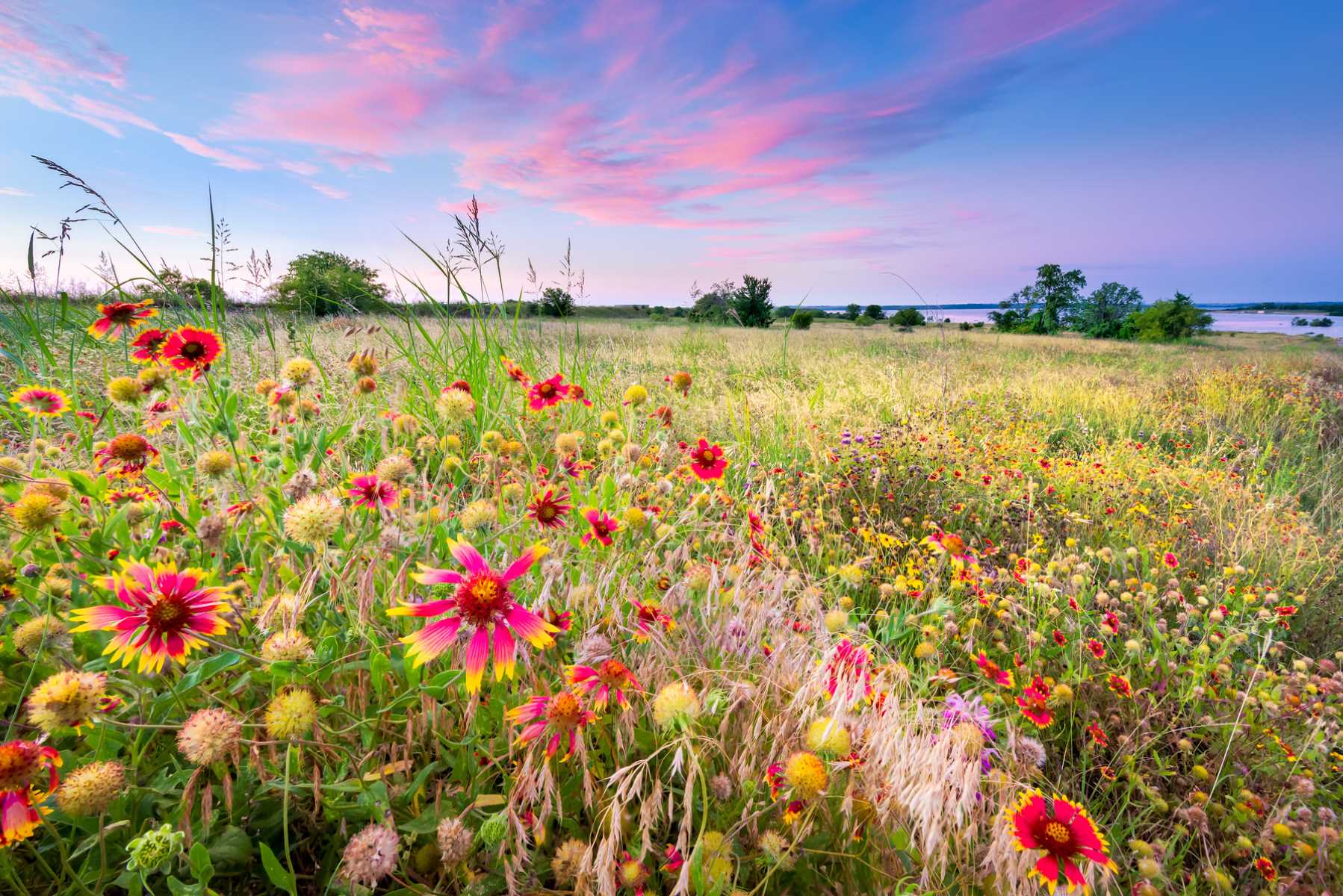

0 thoughts on “How To Stop Birds From Eating Wildflower Seeds”